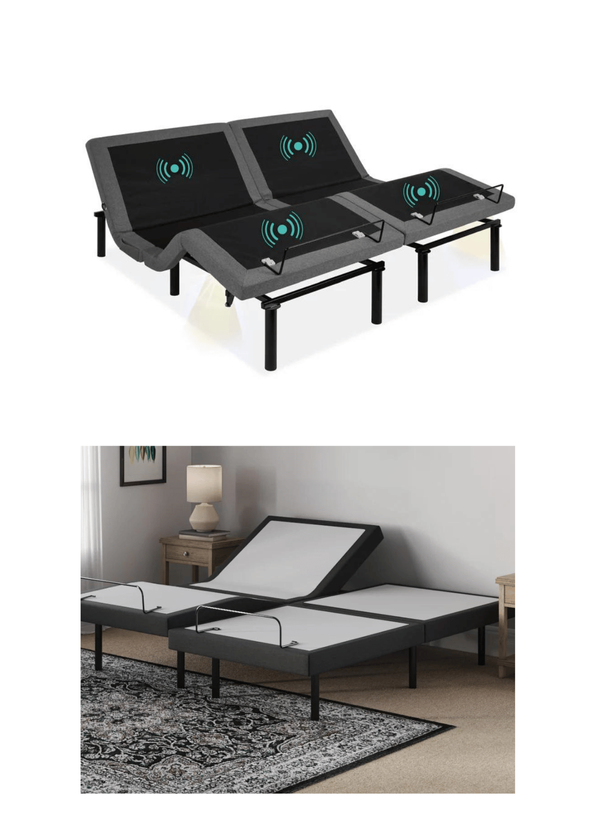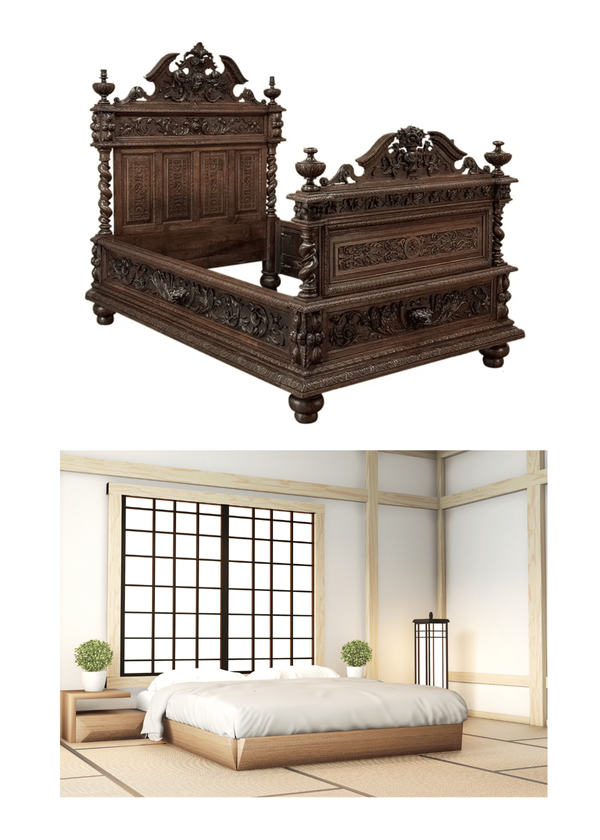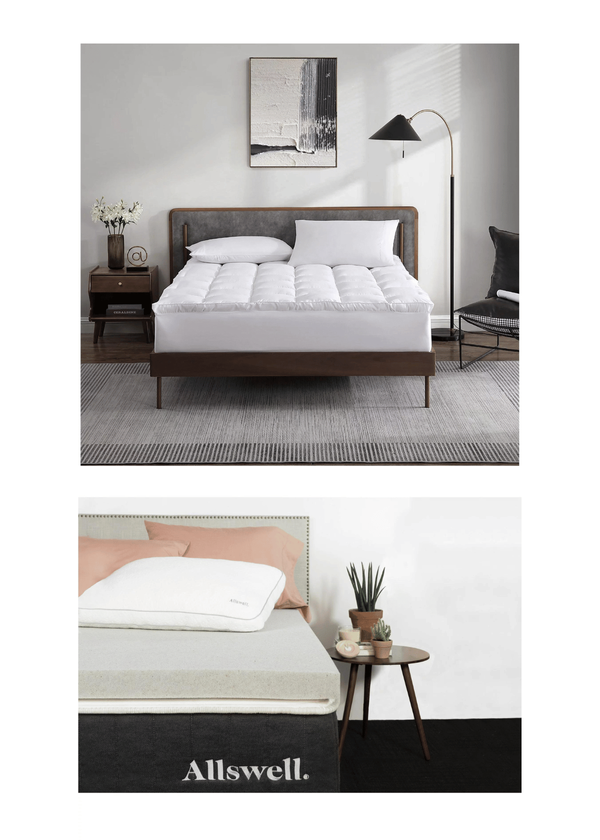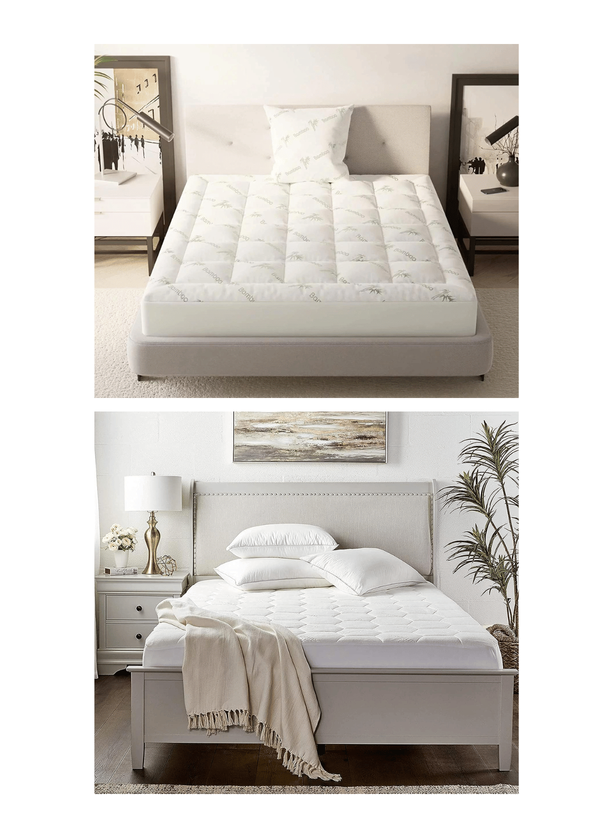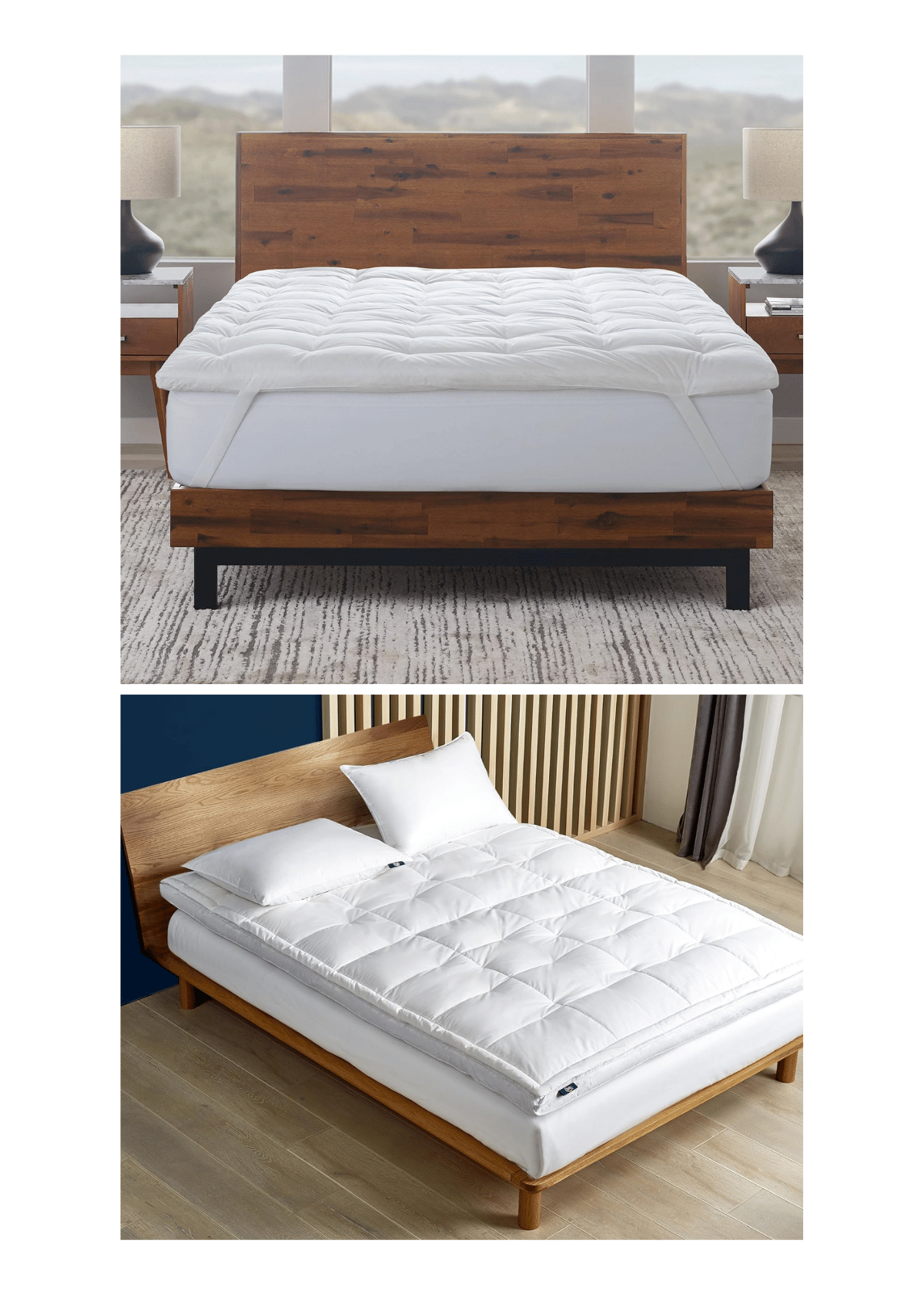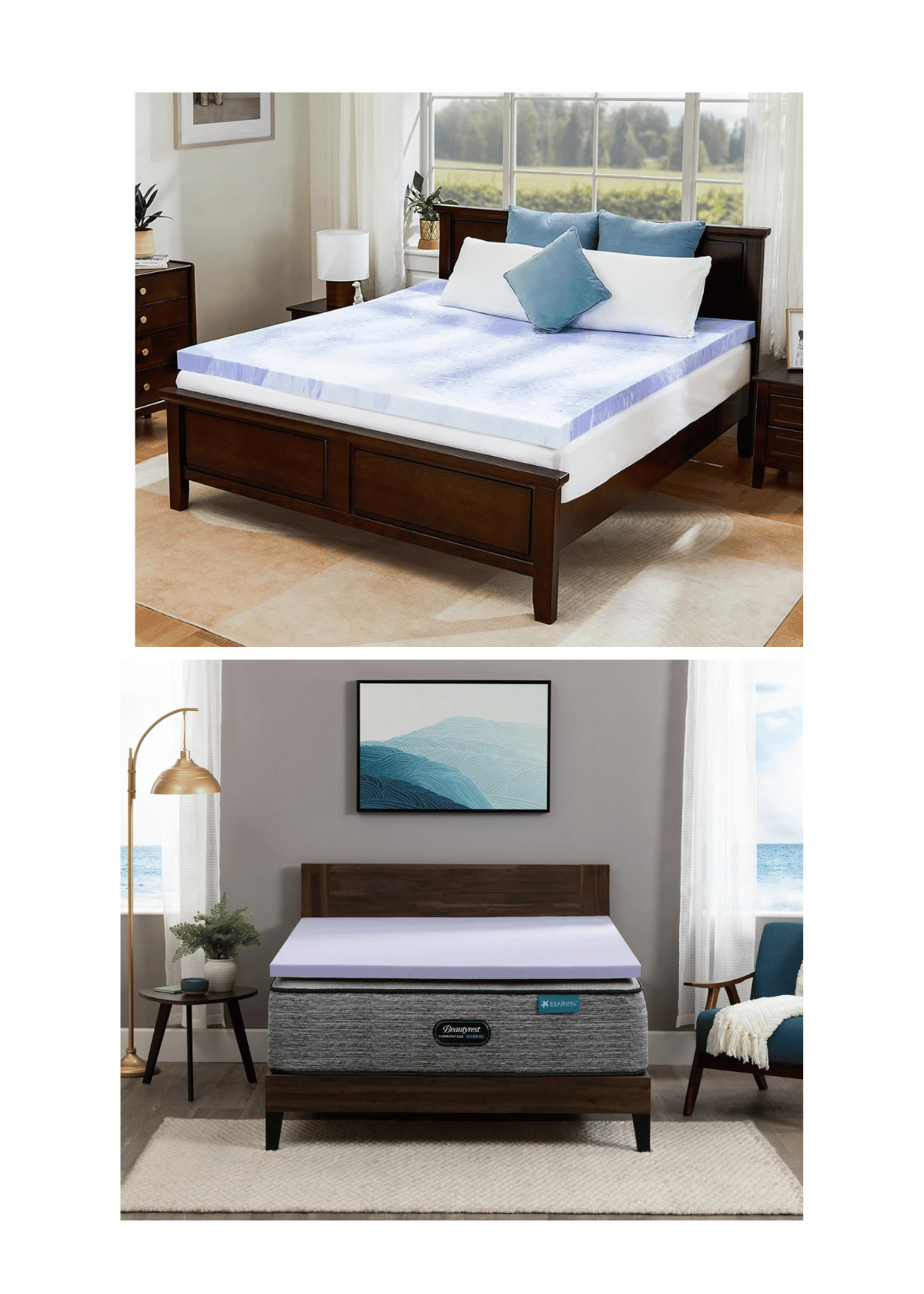(Last Update: 07/03/2025)
Are you aware of the remarkable key trends and innovations in the sleep and mattress industries?
In this blog post, we will explore the latest advancements in emerging technologies, organic and hypoallergenic mattresses, and the impact of e-commerce on the mattress market.
Join us as we explore the fascinating world of sleep and uncover the secrets to a better night's rest.
Section 1: Emerging Technologies in the Mattress Industry
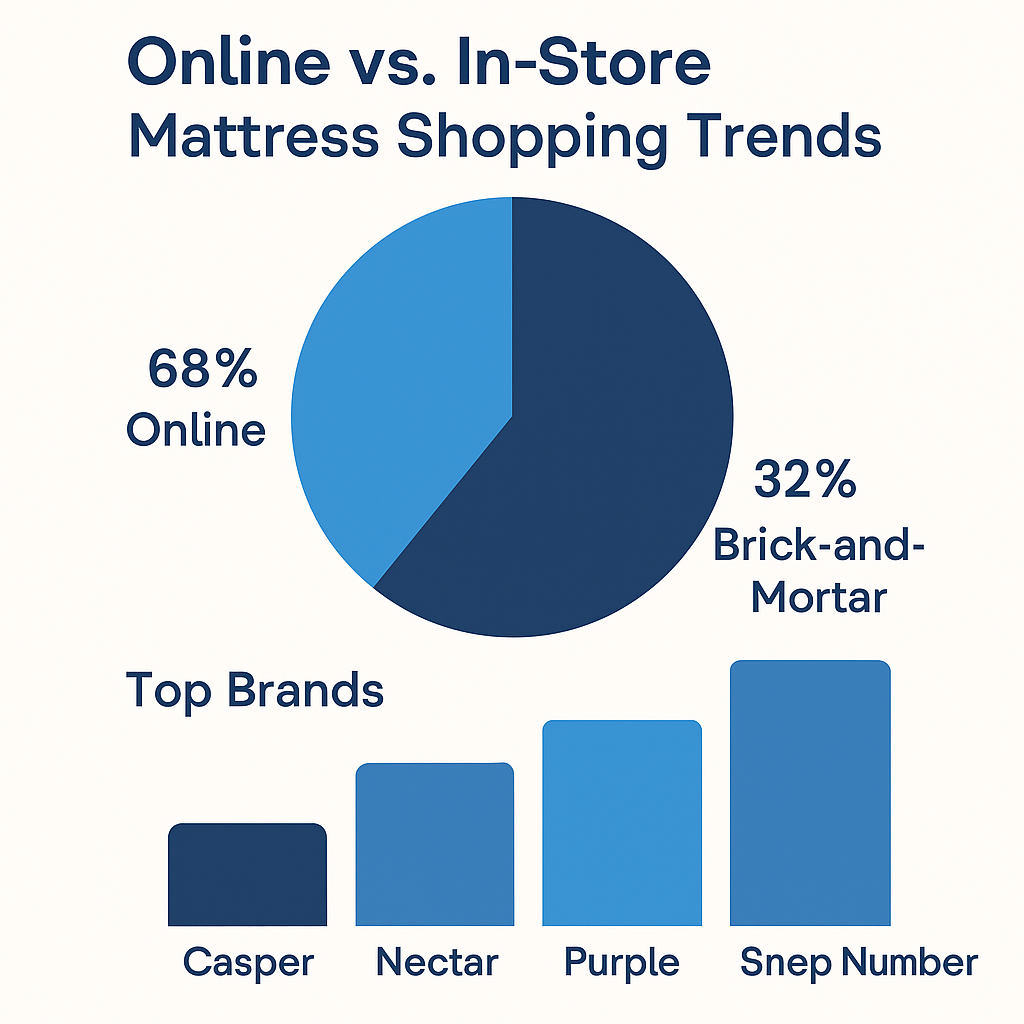
The mattress industry is booming into a multi-billion-dollar market, globally valued at around USD 48.6 billion in 2024 and forecasted to grow at a 5–6% annual rate through 2033.
As the booming sleep industry evolves, two notable advancements are transforming the landscape: sleep-tracking sensors and plant-based foam technology. These innovations improve rest quality and offer sustainable and eco-friendly mattresses to traditional latex mattresses.
Mattress manufacturers are increasingly investing in research and development to bring new products to the market, catering to the ever-growing consumer demand for better sleep and enhanced comfort. The dynamic world of sleep technology is perpetually evolving.
Mattress consumers are increasingly reliant on sleep tech—smart mattresses and breathing devices, as seen in brands like Eight Sleep, that monitor temperature and sleep stages.
Online reviews and mattress shopping behavior emphasize personalization, reinforced by smart tech and bed tracking.
Meanwhile, Mattress Firm, a major brick-and-mortar store chain, continues to coexist with digital channels, reflecting a growing trend in the mattress industry: hybrid retail models that blend in-store experiences and e-commerce.
The Pioneers of Progress: Sleep-Tracking Sensors
Sleep-tracking sensors are changing the sleep landscape.
These technologically advanced mattresses come equipped with sensors capable of recording various biometric data, such as movements.
These sensors offer personalized insights into individual sleep patterns,.

The Green Revolution: Plant-Based Foam Technology
The growing consumer demand for environmentally responsible products has led to the advent of plant-based foam technology in the mattress market and industry.
These novel mattresses leverage natural and organic materials like bamboo, soy, and aloe vera, offering a more sustainable alternative to traditional foam mattresses that are primarily petroleum-based.
The U.S. mattress market alone stands at roughly USD 14 billion, highlighting strong mattress sales of mattresses across both traditional and online retailers.
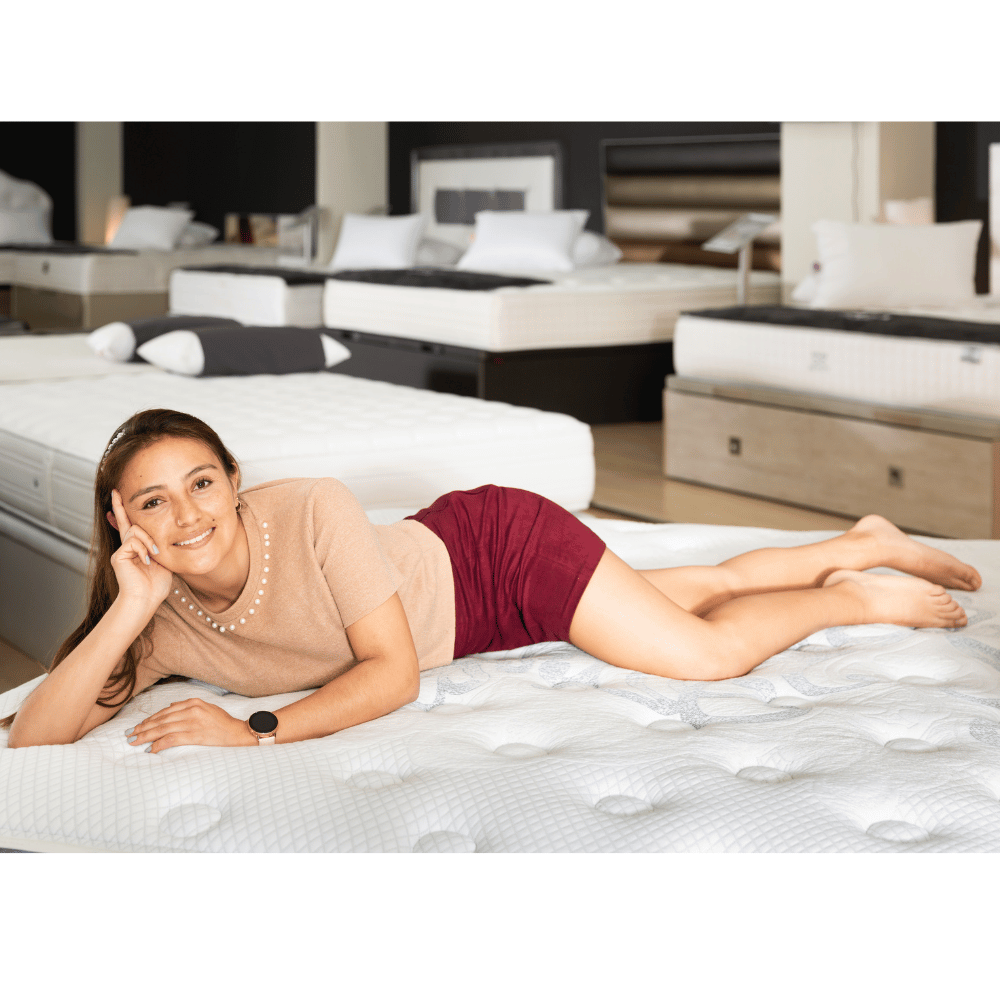
Investing in Innovation: The Industry’s Response to Technological Advancements
Recognizing the transformative power of technology, mattress manufacturers are amplifying their research and development efforts to bring innovative products to consumers. These companies are focused on improving rest quality and catering to the rising consumer demand for eco-friendly products.
The Intersection of Comfort and Convenience: Smart Mattresses
- Smart mattresses are another significant innovation in the mattress market, combining sleep-tracking sensors' benefits and the comfort of plant-based foams.
- These mattresses epitomize personalized sleep experiences, adjusting firmness and temperature according to the user's preferences while providing insightful sleep data.
The Road Ahead: Anticipating Future Innovations
- As the mattress market and industry innovate, we can expect even more exciting mattress industry trends and developments.
- From integrating AI for personalized rest recommendations to further advances in eco-friendly materials, the future of the sleep industry promises to continue enhancing sleep quality and promoting overall health.

Section 2: Pioneering Healthier Sleep: The Rise of Organic and Hypoallergenic Mattresses

Championing Wellness: Benefits of Organic Mattresses
- Organic mattresses from naturally sourced wool, cotton, and natural latex provide unmatched comfort and breathability. These eco-friendly sleeping aids ensure consumers avoid exposure to harmful chemicals, such as adhesives or chemical flame retardants.
- An expert in this field, Dr. Robert Oexman, Director of the Sleep to Live Institute, emphasizes the importance of selecting mattresses free of toxic materials.
- In his book Change Your Mattress, Change Your Life, Dr. Oexman stresses that “a mattress free of harmful chemicals not only benefits your rest but also promotes overall health and well-being” (Oexman, R. 2022).
- Organic or natural latex mattresses are also renowned for their superior temperature regulation.
The Antidote to Allergens: Hypoallergenic Materials
Hypoallergenic materials are vital in fostering a comfortable and allergen-free rest environment. Fabrics like organic cotton, wool, microfiber, silk, bamboo, and tencel are considered hypoallergenic and less likely to incite allergic reactions.
Their high breathability reduces allergens, bolsters air circulation and quality control, and aids in body temperature regulation.

Influencing Industry Standards: The Impact on Consumer Demand
- The mattress market's increasing health consciousness is changing the landscape.
- Rebecca Robbins, Ph.D., a renowned sleep researcher, notes in her publication Sleep for Success that "consumers' preference for organic and hypoallergenic mattresses is positively influencing industry standards towards healthier and more sustainable products" (Robbins, R. 2023).
Section 3: Mastering Sleep Comfort: Innovations in Mattress Design
In response to diverse consumer needs, mattress manufacturers relentlessly pursue innovation in mattress design and comfort. This segment will explore three pivotal advancements reshaping the sleep industry: adjustable firmness, cooling technologies, and hybrid beds.
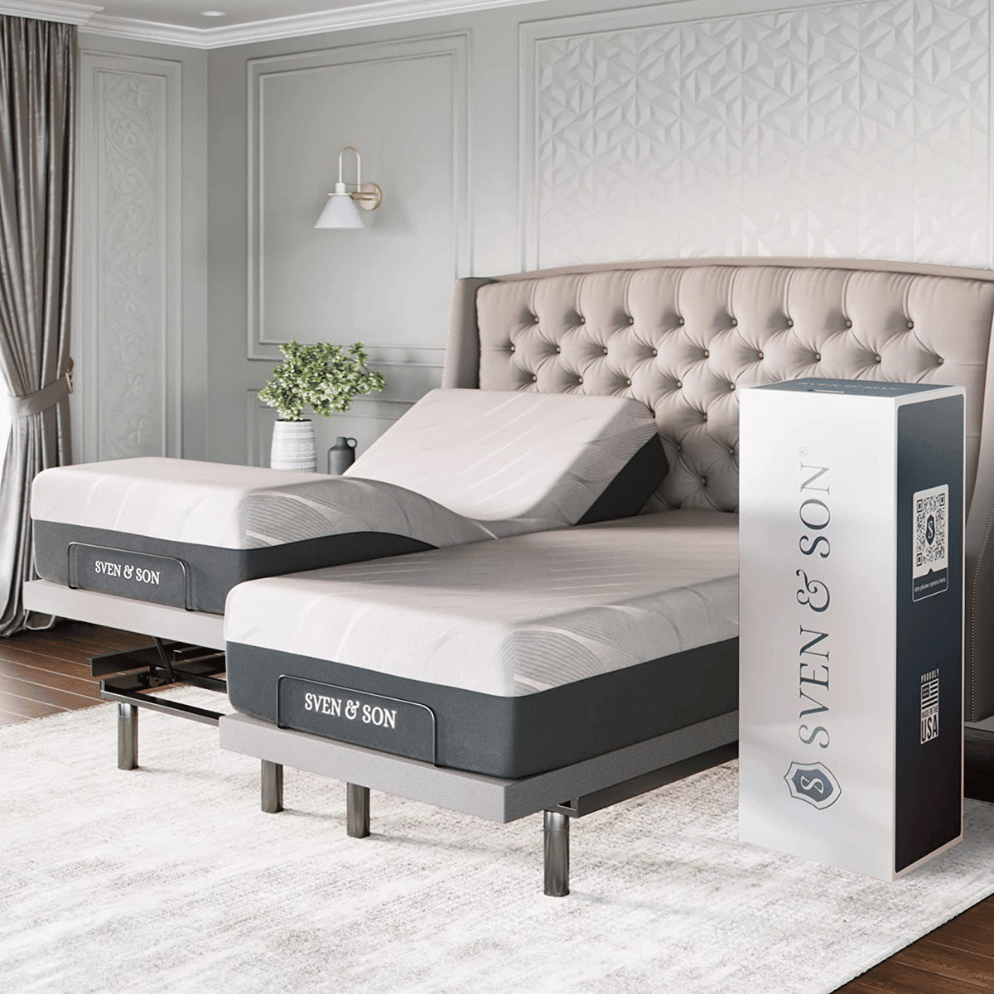
Personalized Comfort: Adjustable Firmness
- Adjustable firmness technology on the mattress market offers a personalized sleep experience by allowing users to modify the firmness of their mattresses as per their preference.
- Dr. James Maas, a renowned sleep expert and the author of "Sleep for Success," states, "Adjustable firmness mattresses have revolutionized the sleep experience by allowing users to customize their nap surface, thereby helping to alleviate common sleep problems such as back pain" (Maas, J. 2022).
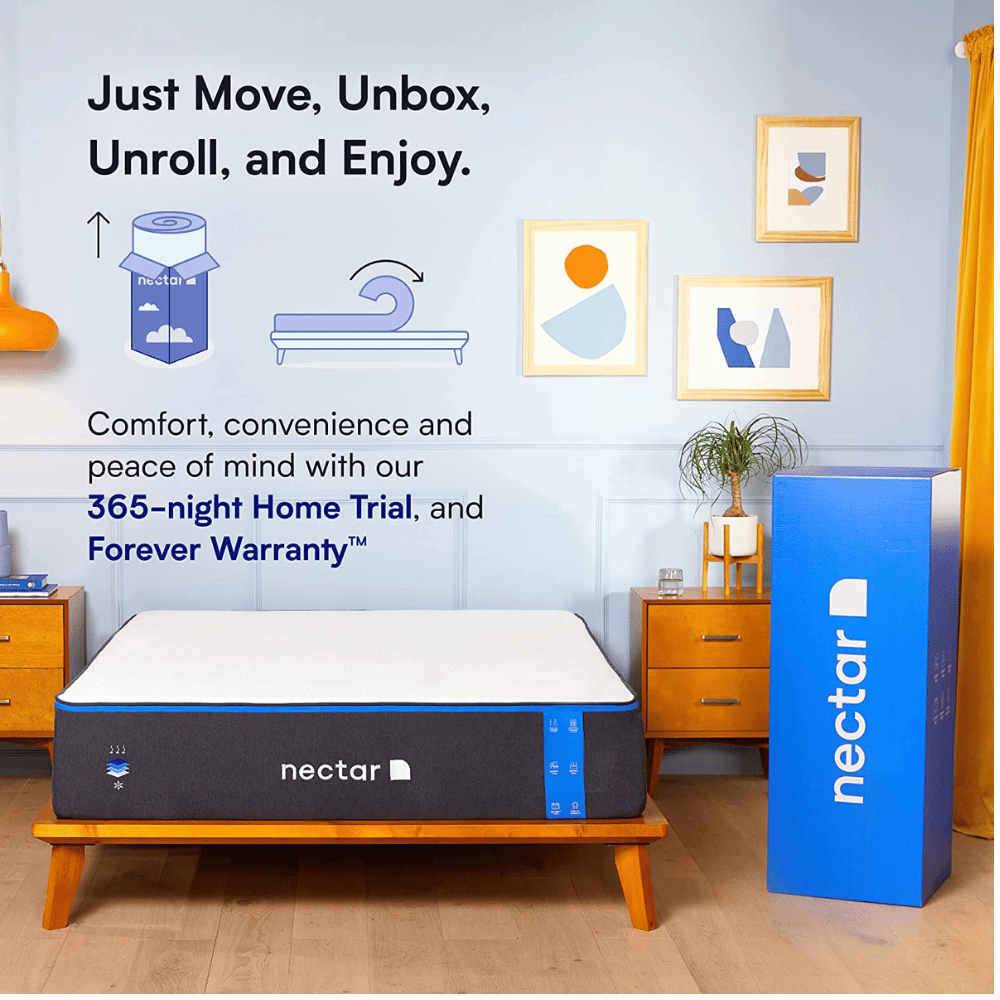
Keeping Cool: Cooling Technologies
Sleeping hot is a common problem many sleepers face. Cooling technologies resolve this issue using diverse materials and techniques to absorb and disperse body heat while ensuring optimal airflow for effective body temperature regulation.
Balancing Act: Hybrid and Memory Foam Mattresses
Hybrid beds artfully marry the superior support of an innerspring mattress with the plush relief of gel infused foam or latex. As determined by the mattress brand, they juxtapose the powerful resilience of an innerspring mattress with individually encapsulated springs, with layers of foam, latex, or other materials.

Durability Meets Comfort: The Appeal of Hybrid Mattresses
Known for their resilience and longevity, hybrid beds are becoming popular among consumers seeking a great slumber surface that can stand the test of time. "
Hybrid mattresses are the epitome of comfort, support, and durability," states Mary Helen Rogers, Vice President of Marketing and Communications for the Better Sleep Council, "They provide the user with the best attributes of both innerspring mattresses and gel infused foam beds, setting a new standard in the bedding industry" (Rogers, M.H. 2023).
Section 4: Digital Disruption: The Impact of E-commerce on the Global Market
The advent of e-commerce has irrevocably transformed the global mattress market. Online sales growth and the growing acceptance of bed-in-a-box products have fundamentally reshaped consumer shopping habits, with convenience and competitive pricing being key driving factors.
Accelerating E-Commerce: Online Mattress Sales Growth
The rapid growth of online sales in the global market and industry is undeniable. A staggering 47.3% rise was recorded in 2020, followed by a 20.5% uptick in 2021.
As Dr. Craig Anderson, a leading market analyst and the author of "E-Commerce Uncovered," points out, "The convenience of shopping from home and the quick comparison of prices and features has made online shopping an irresistible proposition for many consumers" (Anderson, C. 2023).
Easy and Convenient: The Bed-in-a-Box Phenomenon
Bed-in-a-box products are gaining popularity and have disrupted the traditional mattress-buying experience, offering a user-friendly, cost-effective alternative mattress to those seeking a new mattress. These innovative products, delivered directly to the customer's doorstep, sidestep the need for cumbersome deliveries, significantly enhancing the shopping experience.
However, Dr. Anderson further observes, "While bed-in-a-box products have many advantages, they may not offer the same longevity or support as conventional mattresses. Nonetheless, the convenience and affordability of these products have cemented their popularity among consumers" (Anderson, C. 2023).
Evolving Consumer Behavior: Online Shopping Preferences
Recent studies indicate a marked shift in consumer shopping preferences within the mattress market. Younger generations, in particular, favor online retailers. An overwhelming 74% of mattress shoppers are now omnichannel, with their shopping journey commencing at online retailers.
Generational Differences: Millennials & Gen Z's Impact
This paradigm shift is largely driven by millennials and Gen Z consumers, who are comfortable with and adept at digital shopping. The convenience of exploring a vast product range, reading user reviews, comparing prices, and the ease of home delivery are all attractive features to this digital-savvy demographic.
In the global market, the emphasis is shifting toward innovative mattress size options, such as split-king configurations for adjustable beds, which appeal to diverse sleeper needs. With growing market value, consumers expect smart features, personalized fit, and durable support.
As consumer trends evolve, mattresses worth buying now offer integrated technology, eco-friendly materials, and comfort, proving the promise of a good night’s sleep across both online and in-store platforms.
Section 5: Global Perspectives and Regional Mattress Market Insights
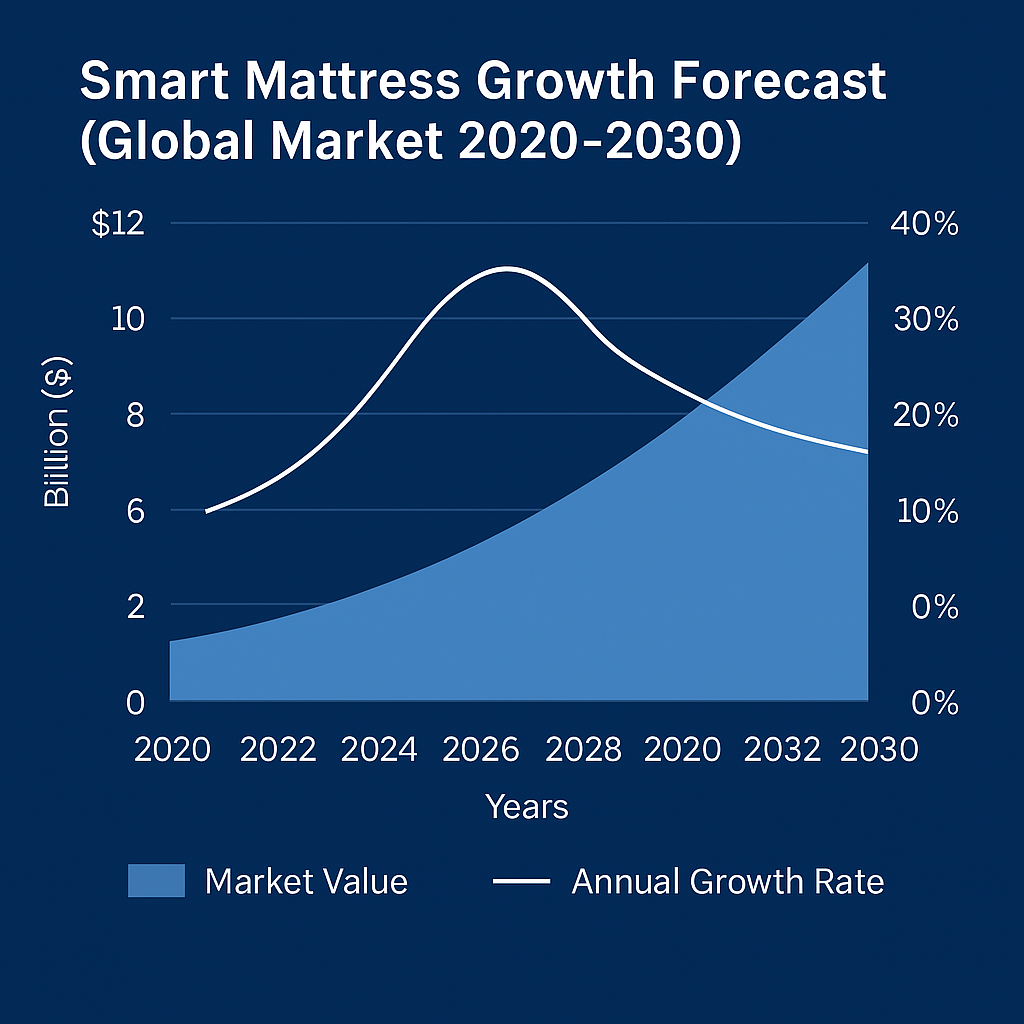
Booming Market: Asia-Pacific
- The Asia-Pacific market is rapidly expanding, with an anticipated Compound Annual Growth Rate (CAGR) of over 10% in the next five years and a Mattress market share of 37.8% in 2021.
- Dr. Samir Gupta, a noted economist and the author of "Asia-Pacific Market Trends," points out that "This growth is largely spurred by increasing disposable incomes, infrastructure development, and the emergence of a robust middle class with augmented purchasing power" (Gupta, S. 2023).
- Luxury Redefined: North America
- North America is the largest mattress market, and technological advancements and a robust consumer appetite for luxury mattresses propel its growth.
- Dr. Gupta states, "The North American market stands out for its premium quality products that cater to discerning customers seeking an unparalleled sleep experience" (Gupta, S. 2023).
- As the market evolves, innovative technologies like adjustable firmness and cooling systems are expected to shape the industry's future in this region.
Hospitality and Sustainability: Europe
- The European mattress market exhibits significant potential for growth, with an anticipated CAGR of 6.9% over the forecast period (2021–2030). Market revenue is projected to surge from $7,877.0 million in 2021 to $14,382.8 million by 2030.
- According to Dr. Emma Gilbert, a renowned market analyst and author of European Market Dynamics, "This upward trend is expected to grow fuelled by the expansion of the hospitality sector and a burgeoning demand for organic mattresses" (Gilbert, E. 2023). As sustainability takes center stage.
Emerging Markets: Africa and the Middle East
- Although Africa and the Middle East hold smaller shares in the global market, these regions show potential for growth due to urbanization. The rise in hotel and real estate developments, particularly in the Middle East, drives the demand for high-quality mattresses.
Latin America: The Sleep Economy
- Though the mattress market in Latin America is smaller, it shows signs of growth, particularly in Brazil, Argentina, and Mexico. This region's mattress market growth can be attributed to increasing consumer awareness about sleep health, a burgeoning middle class, and a rising demand for great products.
Section 6: Shaping the Future: Key Players and Market Developments

Pioneers of Comfort: Prominent Mattress Companies
Prominent brands include Sleep Number Corporation, Simmons Bedding Company, Leggett & Platt Incorporated, Serta Simmons Bedding, LLC, Tempur Sealy International Inc., and King Koil.
For example, Tempur Sealy International, Inc., is an American manufacturer of mattresses and bedding products. It was formed in 2012 when Tempur-Pedic International, a manufacturer of foam mattresses, acquired its biggest competitor, Sealy Corporation.
Serta Simmons Bedding introduced innovations such as the iComfort gel foam and the no-flip mattress design to the industry.
As for the Sleep Number Corporation, they have revolutionized the mattress industry with customizable firmness settings, responsive air technology, and advanced sleep-tracking capabilities in their products.
The firm mattress segment continues thriving within this multi-billion-dollar industry, led by traditional retailers and online brands.
Despite higher prices, most mattresses sold past year performed well, especially one mattress models for new bed experiences.
Their firm support ensures spinal alignment, durability, and a good night’s sleep, often marking a true life change.
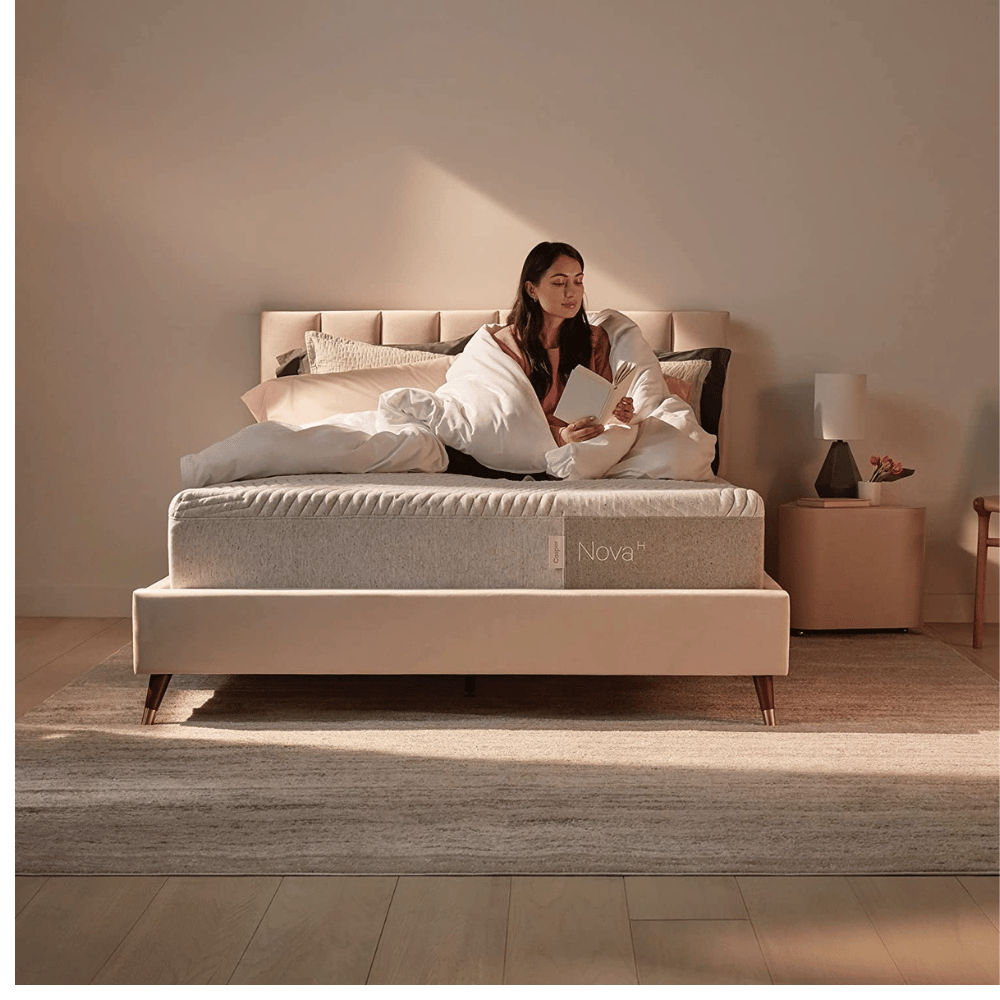
Section 7: The Role of Sleep Science in Mattress Innovation
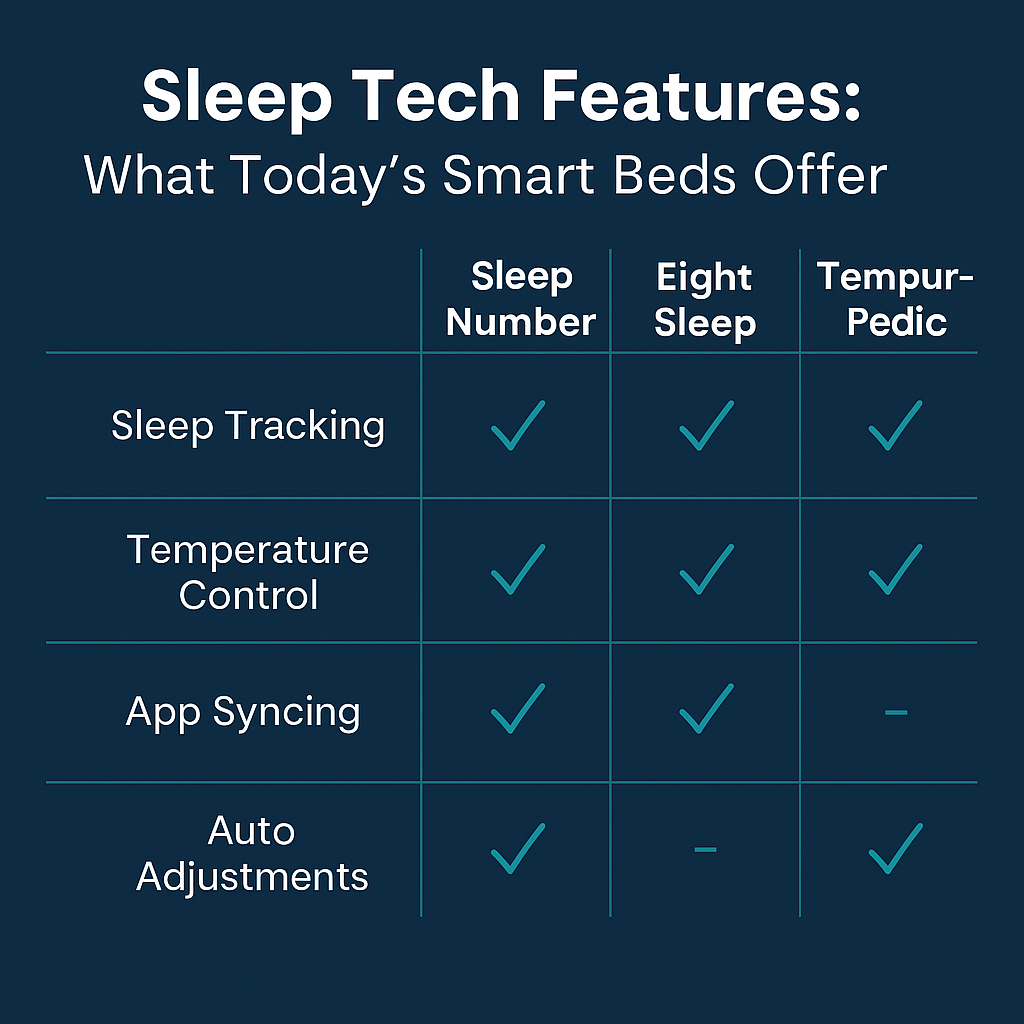
Understanding the Sleep Cycle and Mattress Design
Our sleep cycle involves stages, from light to deep sleep and REM sleep, each having distinct physiological features. According to sleep expert Dr. Rebecca Robbins, a Fellow in Behavioral Sleep Medicine at Brigham and Women's Hospital/Harvard Medical School, the type of sleeping mattresses people use can significantly impact these sleep stages.
High-quality mattresses can minimize disruptions during the sleep cycle, especially during the deep sleep stage when our bodies recuperate (Robbins, R. (2022). Sleep and Health. Academic Press).
Catering to Various Sleeping Positions
Whether you're a side, back, or stomach sleeper, your mattress should provide the right balance of support and comfort. According to Dr. Robbins, side sleepers may require mattresses with more give in the shoulder and hip areas to maintain spinal alignment.
The Future of Sleep Science and Mattress Innovation
As our understanding of sleep evolves, so will the market and industry. Sleep science will continue to guide the development of innovative, personalized sleep solutions. According to Dr. Robbins, future innovations may include more sophisticated sleep tracking and the development of smart mattresses that can adjust in real time to optimize sleep.
Mattress recycling Technology
Mattress recycling technology focuses on creating sustainable and environmentally conscious products. These innovations aim to repurpose mattress materials, particularly customized mattresses made with natural latex and foam. The result is a greener approach to mattress disposal.
Summary
In conclusion, the mattress industry is undergoing rapid change and innovation, driven by emerging technologies, consumer preferences, various shopping trends, and the growth of e-commerce.
From sleep-tracking sensors and plant-based foam technology to organic and hypoallergenic mattresses, the industry is focused on delivering a better night's sleep to consumers worldwide.
As we continue to explore the fascinating world of sleep, one thing is clear: the future of the mattress market and industry is bright, and the quest for the perfect night's rest has never been more exciting.
FAQs
What is the growth forecast for the mattress industry?
The global mattress market is forecasted to grow rapidly, experiencing a 5.90% CAGR from 2022 to 2030 and reaching USD 78.34 billion by 2030. This strong growth signals exciting opportunities for the market globally.
How is the mattress industry doing?
The mattress industry is experiencing steady growth, with the global Mattress market projected to reach a value of 78.34 billion by 2030. Furniture and bedding sales in the United States have steadily increased since 2009, and mattress shopping trends in e-commerce have become increasingly popular in recent years. All these factors indicate a positive future for the mattress and bedding industry.
Is the mattress market growing?
The mattress market is growing, with the worldwide market size valued at $49.24 billion in 2021, and the market size is projected to increase sales to $78.34 billion by 2030, with a compound annual growth rate of 5.9%. These projections demonstrate the positive trajectory of the mattress market.
References:
Anderson, C. (2023). E-Commerce Uncovered: How Digital Shopping is Transforming Industries. XYZ Press.
Oexman, R. (2022). Change Your Mattress, Change Your Life. Sleep to Live Institute.
Robbins, R. (2023). Sleep for Success. Wellness Publication.
Maas, J. (2022). Sleep for Success: Everything You Must Know About Sleep but Are Too Tired to Ask. AuthorHouse.
Rogers, M.H. (2023). The Rise of Hybrid Mattresses. Better Sleep Council.
Gupta, S. (2023). Asia-Pacific Market Trends: Understanding the Dynamics of a Fast-Paced Region. ABC Publishing.
Gilbert, E. (2023). European Market Dynamics: Key Trends Shaping a Diverse Continent. DEF Publishing.
Green, E. (2023). The Dynamics of the Sleep Industry: A Look into the Key Players and Market Trends. XYZ Publishing.
Robbins, R. (2022). Sleep and Health. Academic Press.


